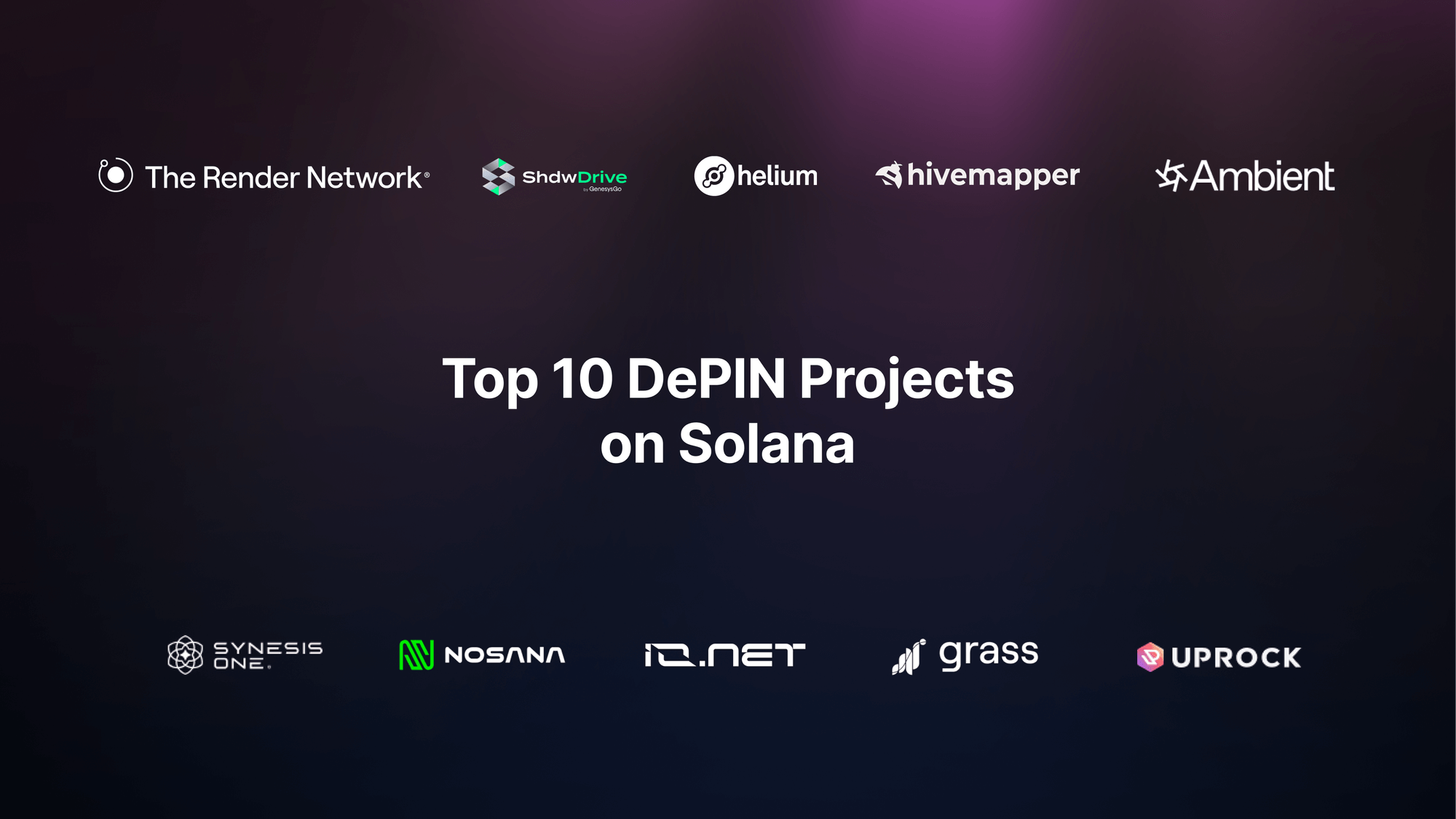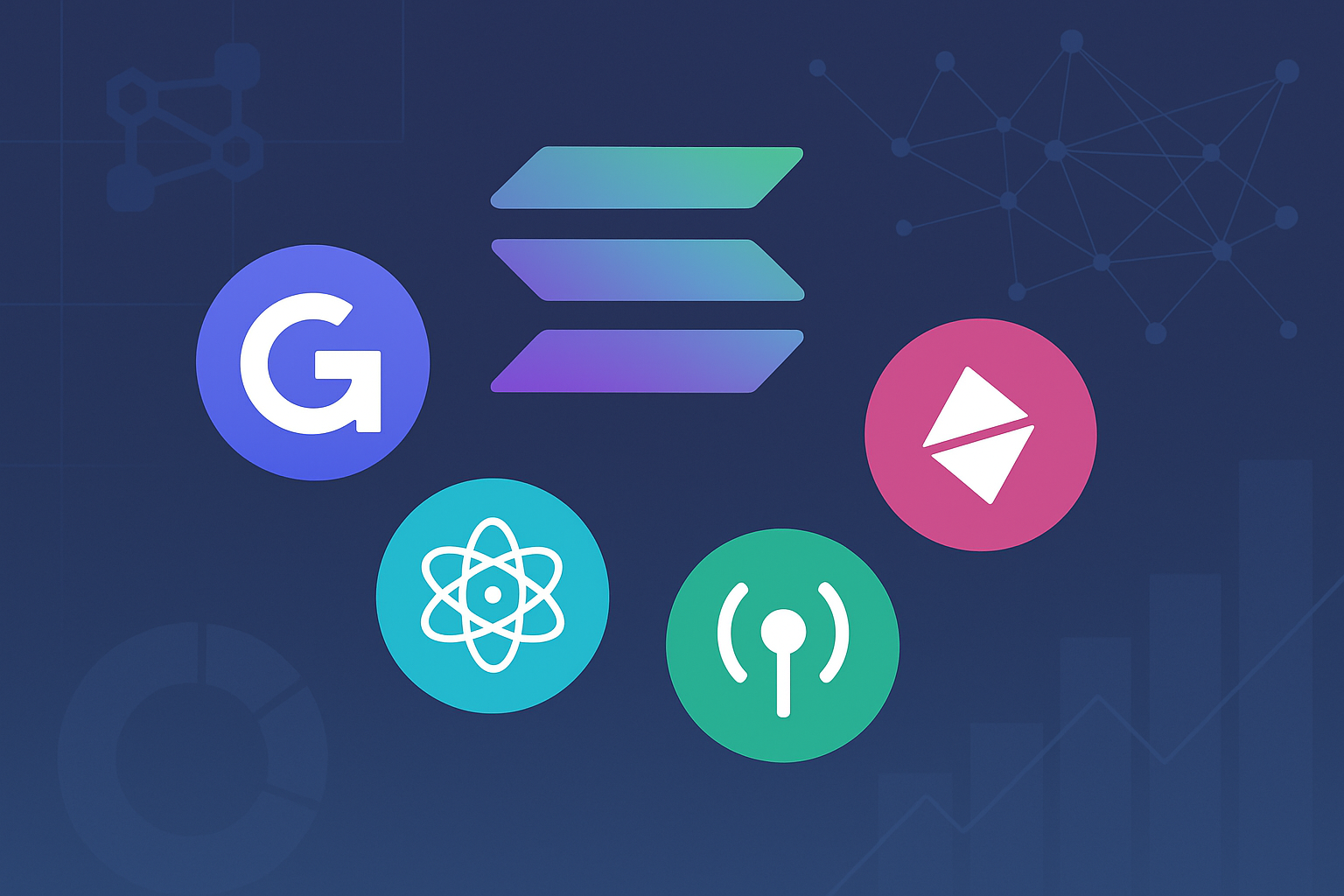
Decentralized Physical Infrastructure Networks (DePIN) are fundamentally reshaping the AI compute landscape on Solana. By leveraging distributed real-world hardware and incentivizing resource sharing, DePIN networks are unlocking scalable, censorship-resistant, and cost-efficient GPU compute for artificial intelligence workloads. With Solana’s high throughput and low transaction fees, these projects are not just theoretical, they’re already powering a new era of decentralized AI infrastructure.
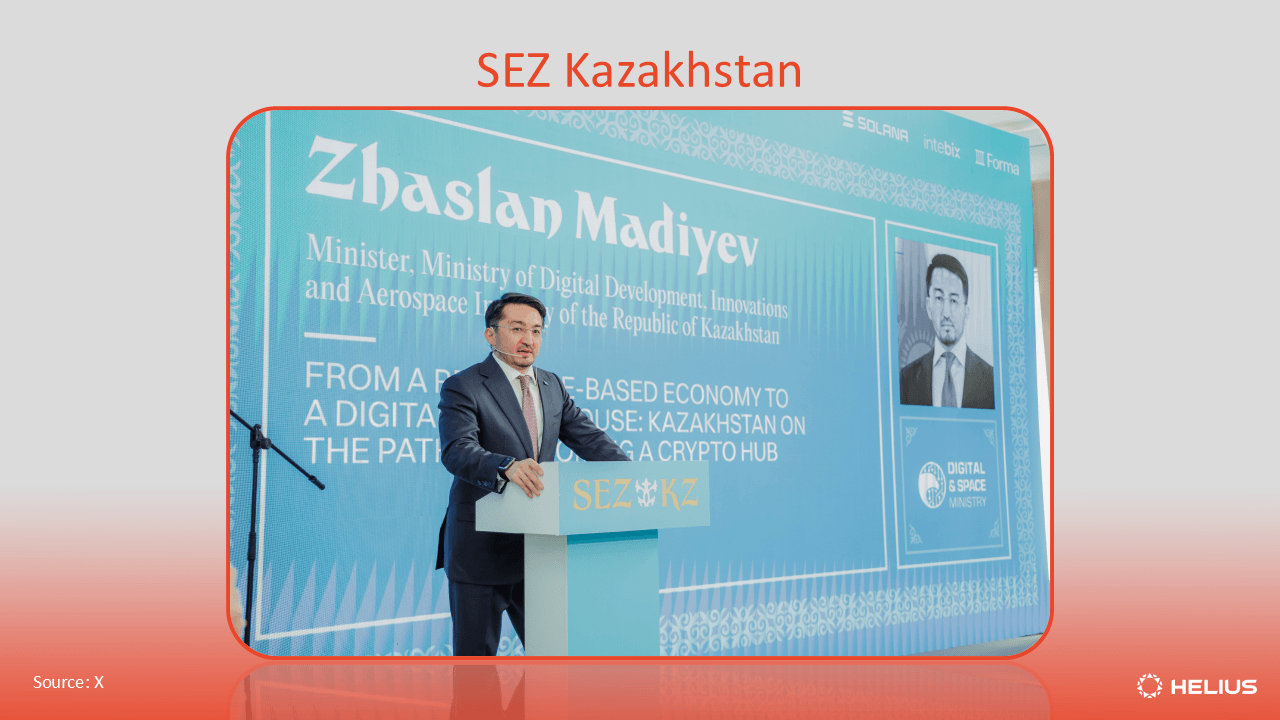
Why Solana is the Backbone of DePIN-Powered AI Compute
Solana’s architecture is purpose-built for high-frequency, micro-transactional environments, precisely what modern DePIN networks require. At a current Binance-Peg SOL price of $199.18, the ecosystem’s economic health is robust, supporting continuous innovation in decentralized infrastructure. In April 2025 alone, the Solana DePIN sector saw a 33% year-over-year revenue increase, with compute-focused projects generating over 93% of total sector income. This surge isn’t arbitrary: it’s driven by demand for affordable, flexible GPU resources for AI model training and inference.
Unlike legacy cloud providers that centralize control and pricing, Solana-based DePIN projects distribute both risk and reward across a global network of contributors. This approach democratizes access to AI compute while protecting against single points of failure or censorship. For investors, developers, and node operators alike, the result is a thriving microeconomy where anyone can monetize idle hardware or bandwidth.
The Top 5 Solana DePIN Projects Powering Decentralized AI Compute
The current leaders in this space are all building on Solana’s technical edge to deliver real-world impact:
Top 5 DePIN Projects Powering AI Compute on Solana
-
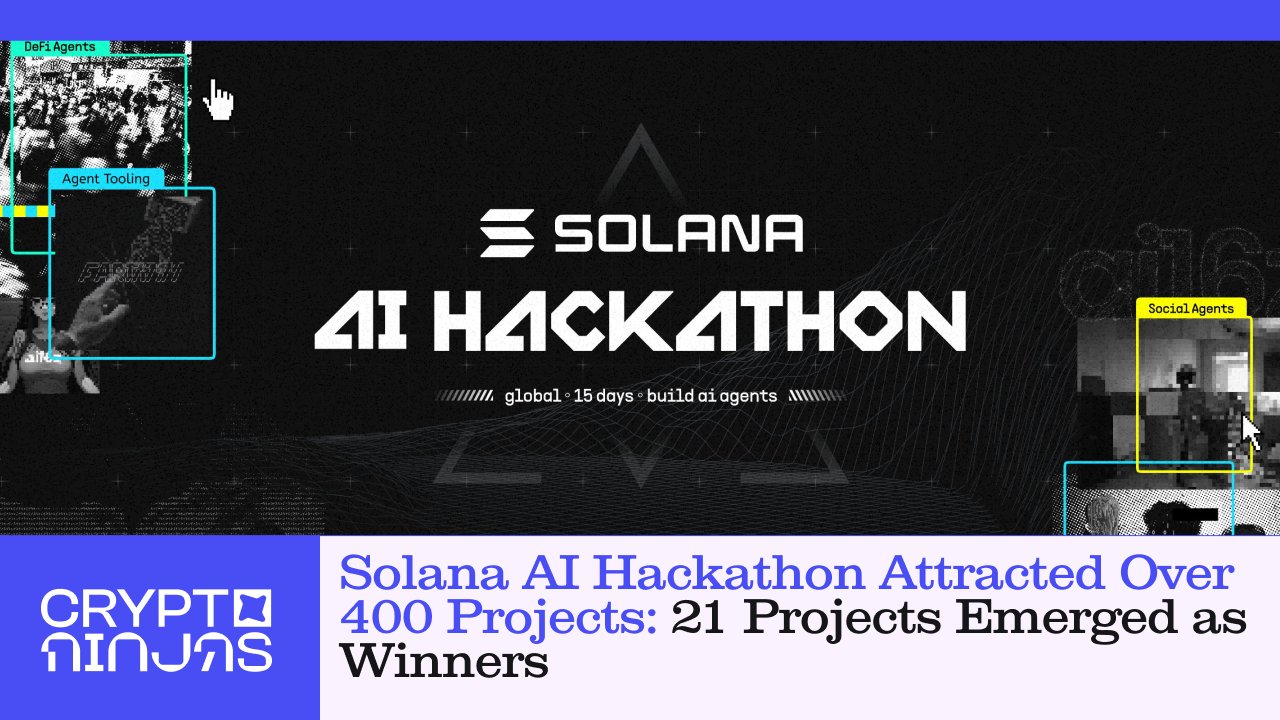
ZkAGI is a decentralized GPU marketplace on Solana, enabling users to rent out and access high-performance compute for AI model training and inference. By leveraging zero-knowledge proofs, ZkAGI ensures privacy and verifiable compute, making AI workloads both secure and scalable.
-
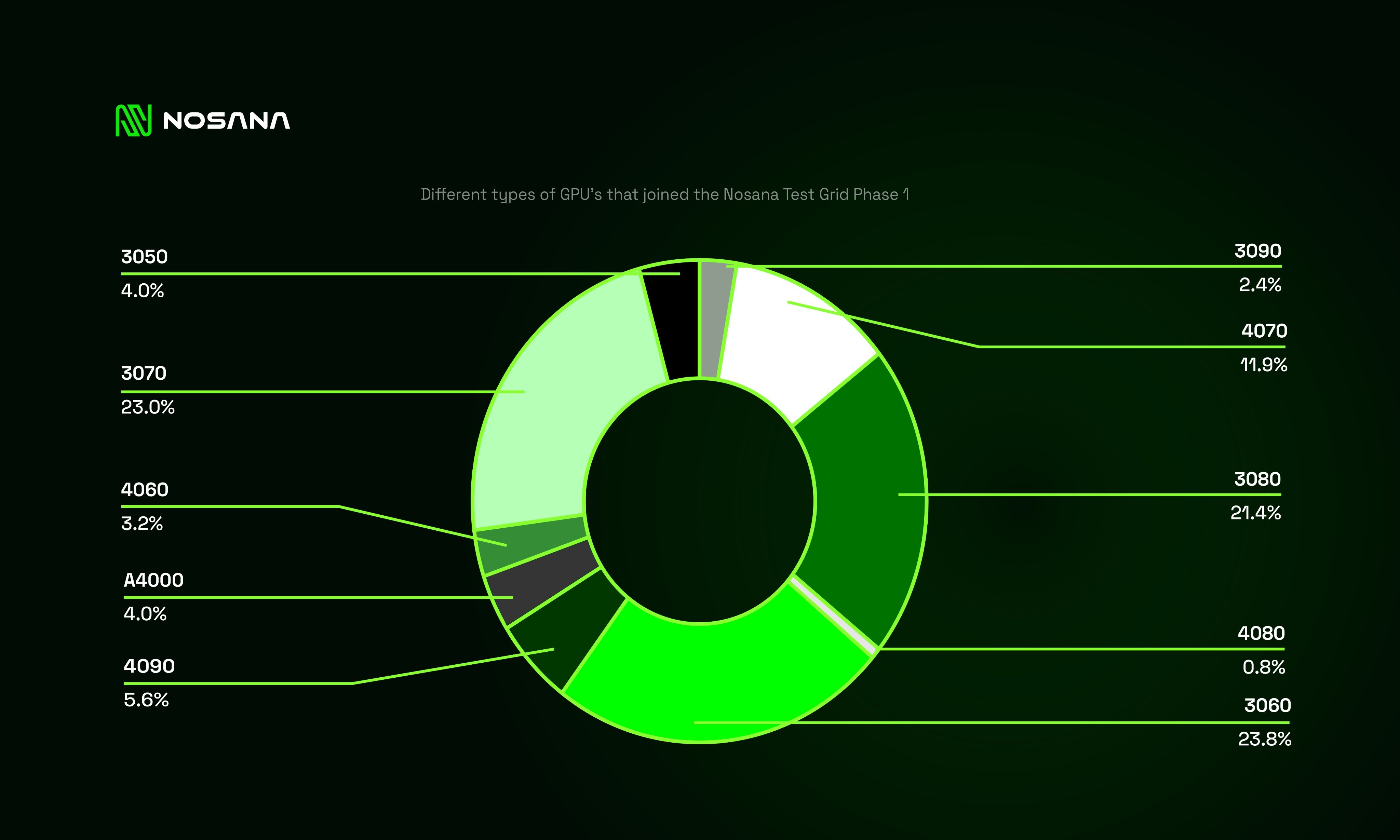
Nosana provides a decentralized CI/CD compute network, allowing developers to access affordable, distributed infrastructure for automated builds, testing pipelines, and AI inference jobs. Nosana is rapidly becoming a foundational layer for AI and DePIN projects on Solana.
-
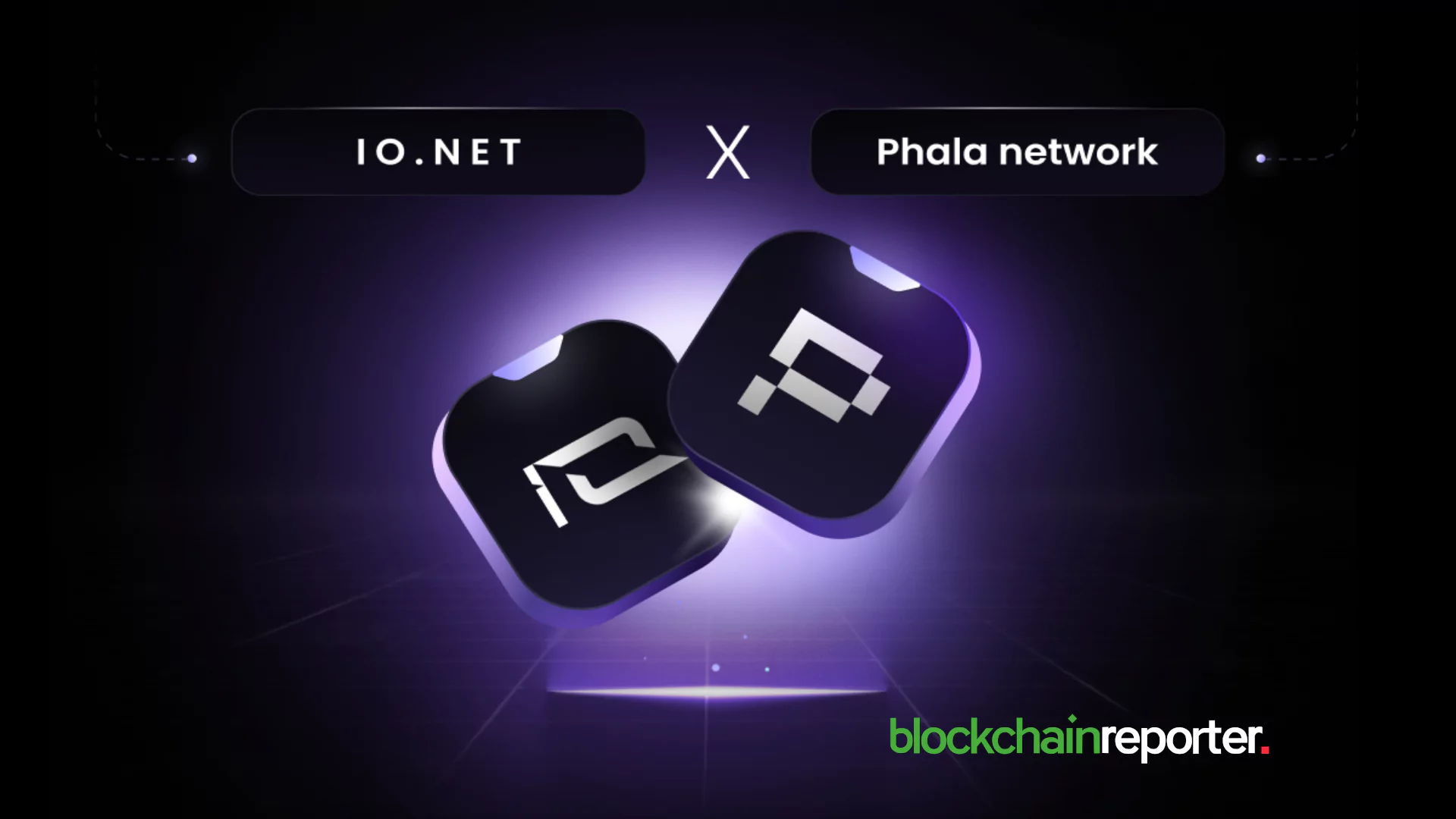
io.net aggregates idle GPUs from gaming PCs and cloud providers into a unified, decentralized compute network. Focused on AI workloads, io.net helps alleviate GPU shortages and has raised $30 million in Series A funding to scale its infrastructure.
-
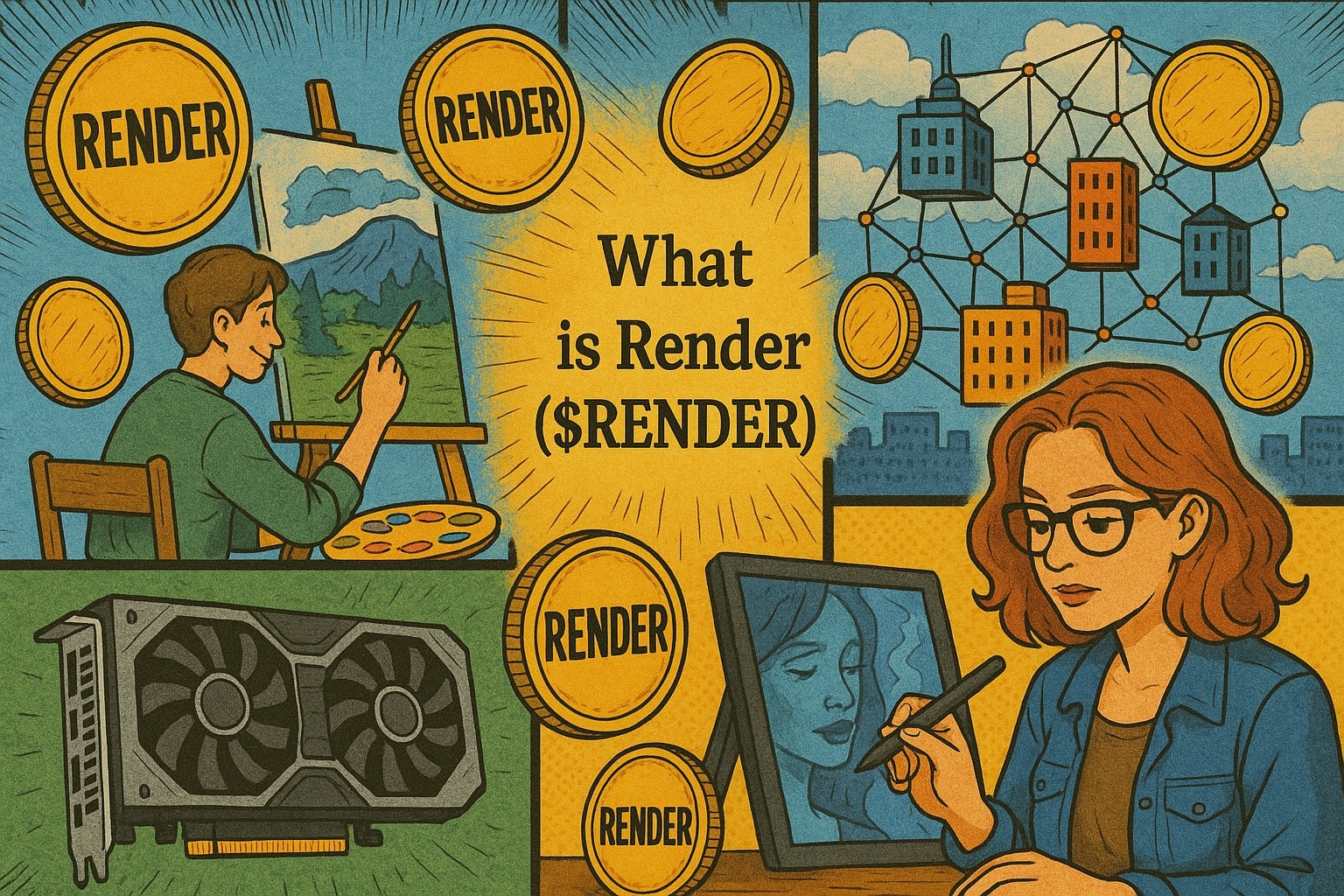
Render Network connects creators and enterprises with excess GPU power for AI model training, VFX, and 3D rendering. After migrating from Ethereum to Solana, Render leverages Solana’s low fees and high throughput, with peak monthly revenues of approximately $746,000.
-
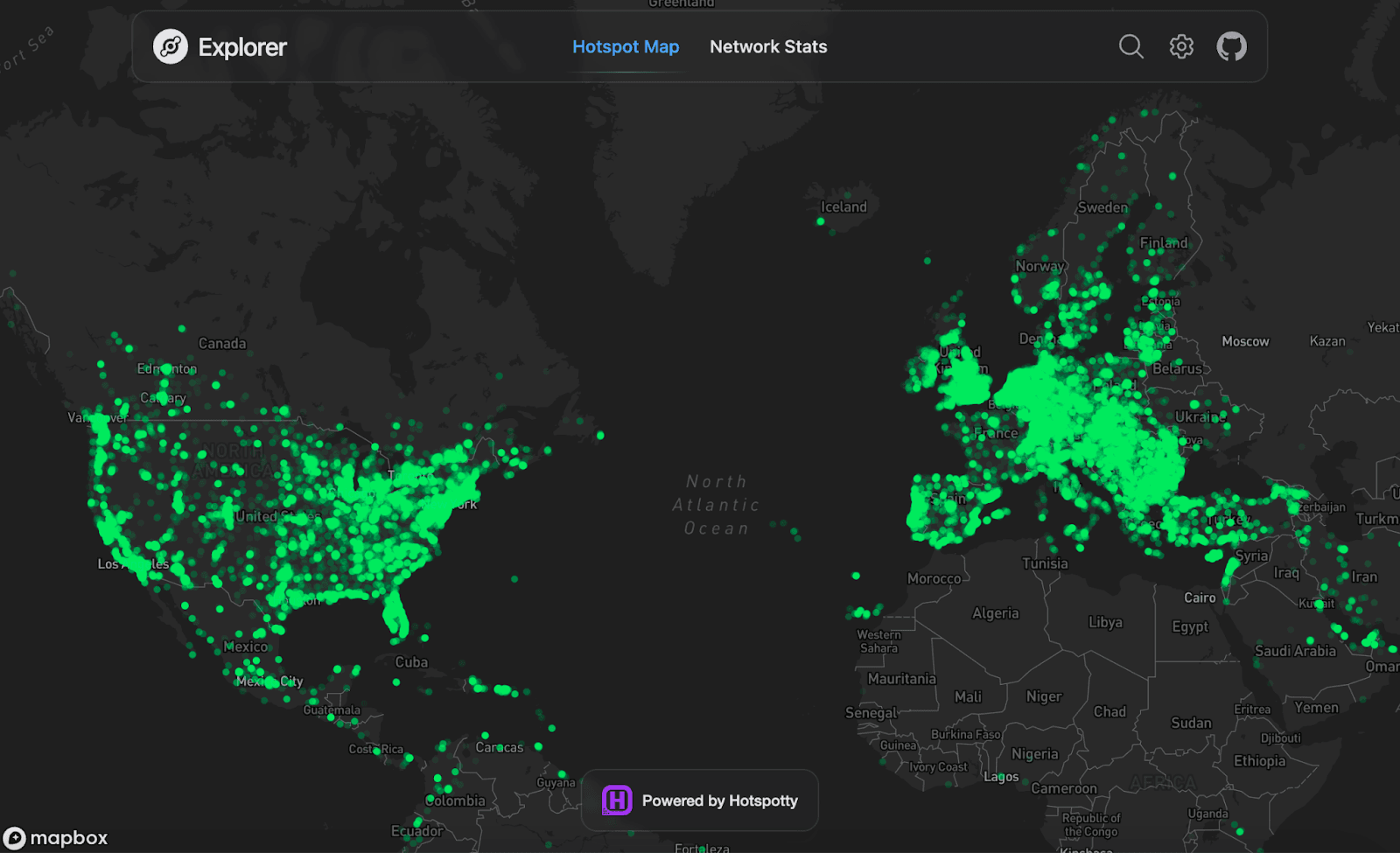
Helium Mobile extends the Helium Network’s decentralized wireless infrastructure to mobile devices, providing connectivity for edge AI applications and supporting real-world data collection for AI models. Its integration with Solana enables seamless, low-cost transactions across the network.
ZkAGI: Privacy-Preserving GPU Marketplaces for Scalable AI
ZkAGI represents a leap forward in privacy-first decentralized infrastructure. By creating a marketplace for GPU resources secured by zero-knowledge proofs (ZKPs), ZkAGI enables users to contribute or purchase computational power without exposing sensitive data or workloads. This is especially critical for enterprises training proprietary models or handling regulated datasets. ZkAGI’s design ensures that even as workloads scale across thousands of nodes globally, privacy and auditability remain uncompromised, a key differentiator from traditional cloud offerings.
Nosana: Decentralized CI/CD Compute Layer Fueling Next-Gen AI Builders
Nosana has carved out its niche as the go-to decentralized CI/CD (Continuous Integration/Deployment) network beneath future DePIN stacks. Developers leverage Nosana to access affordable compute for automated build pipelines, test suites, and inference jobs, all without relying on centralized vendors or opaque pricing models. As more AI infrastructure builders join Nosana’s contributor base (now one of the fastest-growing in the sector), its role as an essential layer in the decentralized stack becomes ever clearer.
io. net and Render Network: Aggregating Idle GPUs into Global Superclouds
io. net and Render Network are at the heart of Solana’s GPU aggregation movement. io. net coordinates idle gaming GPUs and cloud resources worldwide to address ongoing shortages in enterprise-grade compute, a challenge that has stifled many traditional AI startups due to high costs or lack of supply. With $30 million raised in Series A funding and over 120,000 users supplying GPU power as of mid-2025, io. net has become synonymous with scalable DePIN-powered infrastructure.
Render Network, which migrated from Ethereum to Solana to leverage faster and more cost-effective micro-transactions, has established itself as a global marketplace for GPU power. It supports AI model training, VFX rendering, and complex 3D workloads. At its peak, Render generated approximately $746,000 in monthly revenue, a testament to the demand for decentralized compute. The synergy between io. net’s dynamic orchestration of idle GPUs and Render’s user-friendly marketplace model is catalyzing a new wave of AI startups and open-source research that simply couldn’t exist under centralized cloud monopolies.
Helium Mobile: Decentralized Connectivity for the AI Edge
Helium Mobile extends DePIN’s reach beyond compute by decentralizing wireless connectivity itself. By incentivizing individuals to host mobile hotspots, Helium Mobile creates a distributed network backbone that supports edge AI applications, think real-time inference on mobile devices or IoT sensors. This is crucial for scenarios where low-latency data transfer is as important as raw compute power. As AI models become smaller and more efficient, Helium’s infrastructure will be increasingly vital for deploying inference at the network edge.
What Sets Solana DePIN Projects Apart?
The common thread among ZkAGI, Nosana, io. net, Render Network, and Helium Mobile is their ability to turn previously idle or underutilized resources into productive assets, whether GPUs or wireless bandwidth. By aligning incentives through Solana’s high-speed blockchain (with SOL trading at $199.18 as of today), these projects create robust microeconomies where contributors are rewarded transparently and instantly.
Moreover, Solana’s composability allows DePIN networks to interoperate seamlessly. For example, a workflow might train an AI model on GPUs aggregated by io. net or Render Network using privacy guarantees from ZkAGI, then deploy that model via CI/CD pipelines on Nosana and serve results over Helium Mobile hotspots at the edge. This modularity accelerates innovation while minimizing friction for builders.
Actionable Insights: Why Participate Now?
- Node Operators: Monetize idle hardware or bandwidth by joining any of these networks, setup times are dropping rapidly as onboarding UX improves.
- Developers: Tap into scalable compute without massive upfront costs or vendor lock-in; experiment with decentralized CI/CD pipelines and privacy-preserving GPU markets.
- Investors: With sector revenues up 33% YoY and compute-focused projects generating over 93% of total income (as of April 2025), the economic upside remains strong as adoption accelerates.
If you’re looking for deeper technical breakdowns or real-world deployment examples in this sector, check out our guide on how Solana DePIN projects are powering decentralized AI infrastructure.
